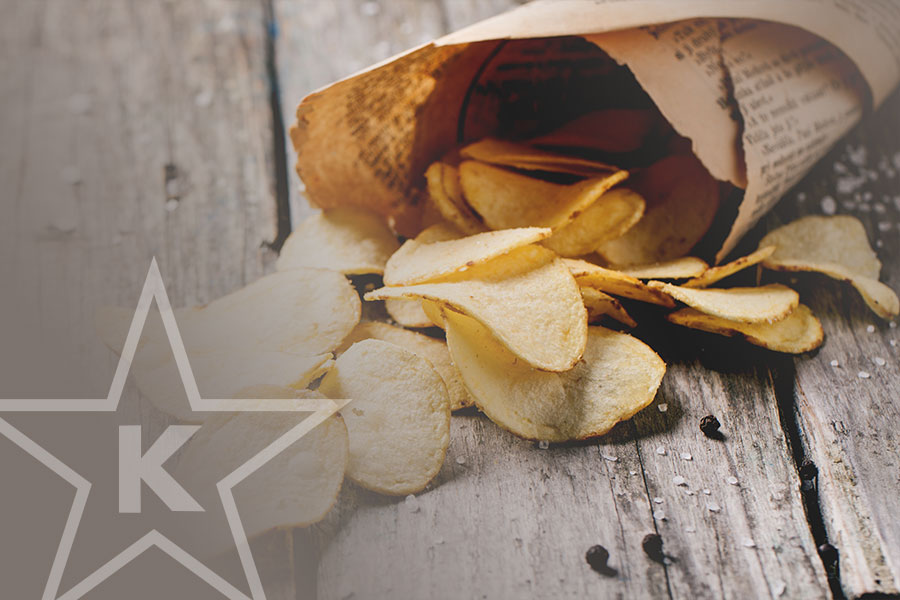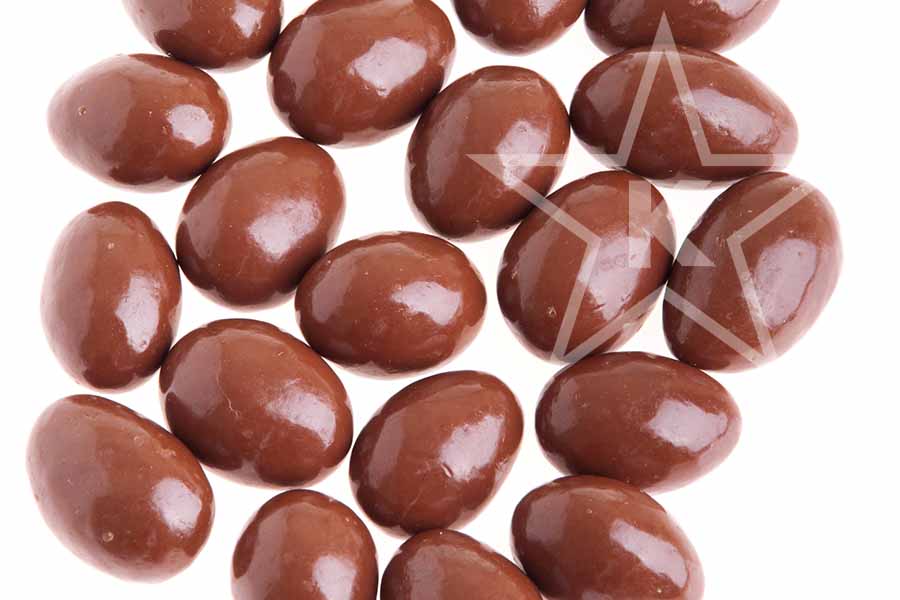Kashrus Kurrents Fall 2016
Q: Do potato chips need to be bishul Yisroel (cooked by a Jew)?
A: The Shulchan Aruch states that there is a rabbinic obligation that food be cooked through bishul Yisroel if both of the following conditions are met: (i) The food is generally not eaten raw, and (ii) The cooked food is something that would be served at a shulchan melochim – a king’s table.1 Since we are no longer ruled by royalty, we cannot observe what is served at a king’s table. The modern-day equivalent to a king’s meal is an elegant meal, such as that served at a wedding.2 This second condition is met whether the food is served at a shulchan melochim as part of the main course or as the dessert. In either case, if the food is generally not eaten raw it needs to be bishul Yisroel.3
The Aruch Hashulchan proposes that potatoes […]




 STAR-D
STAR-D STAR-S
STAR-S